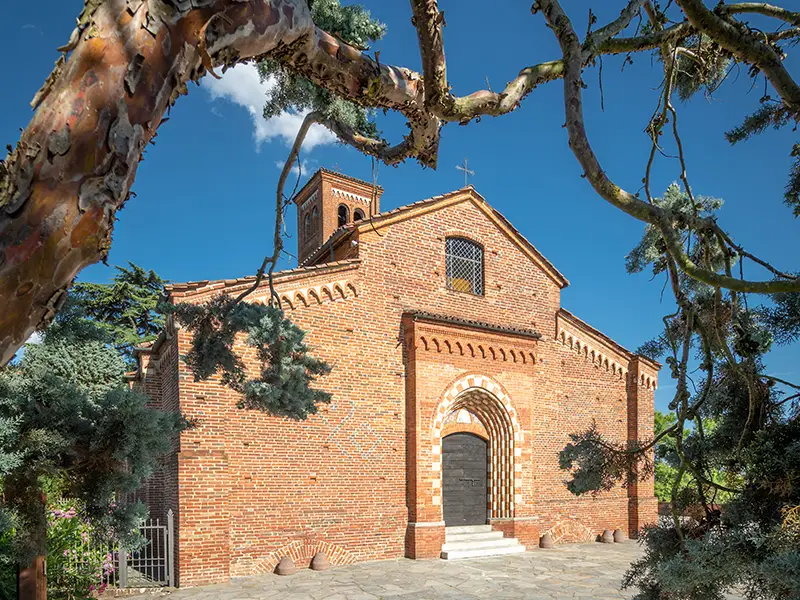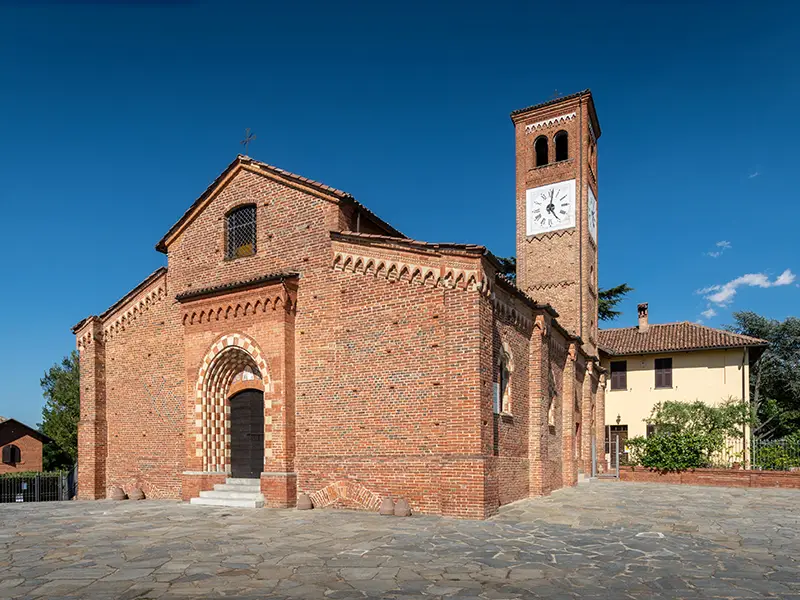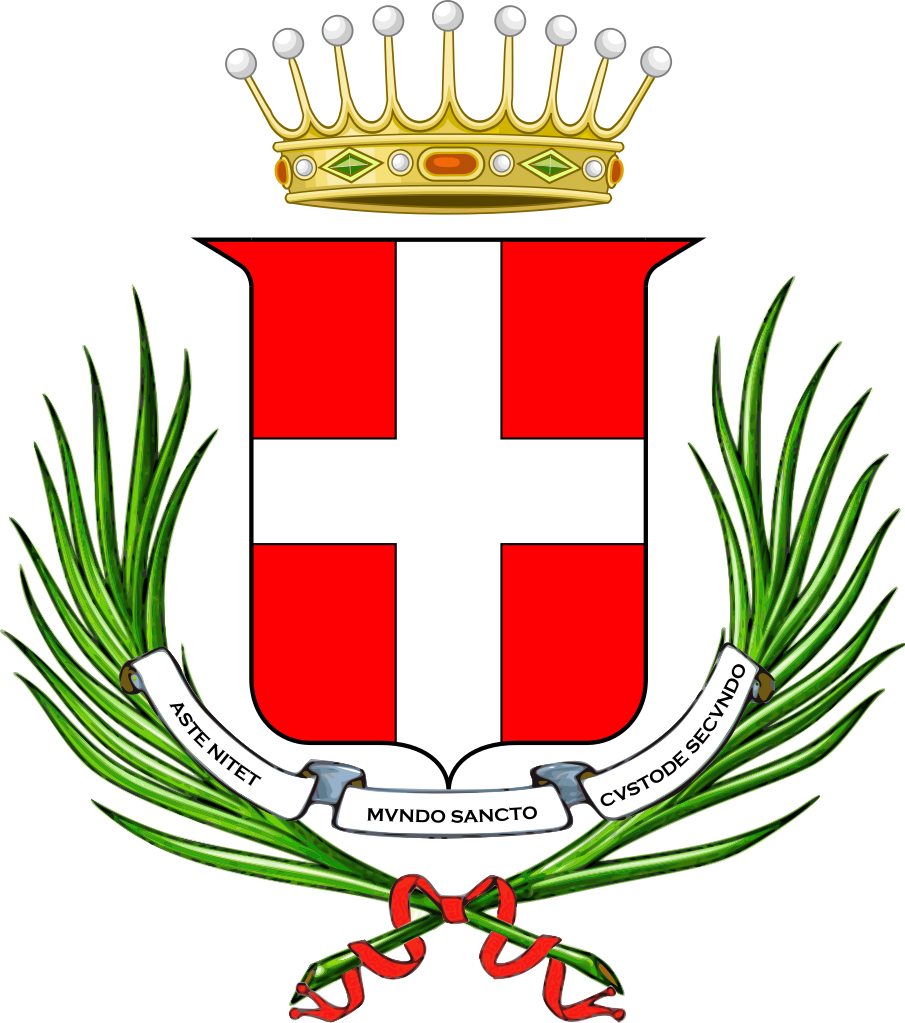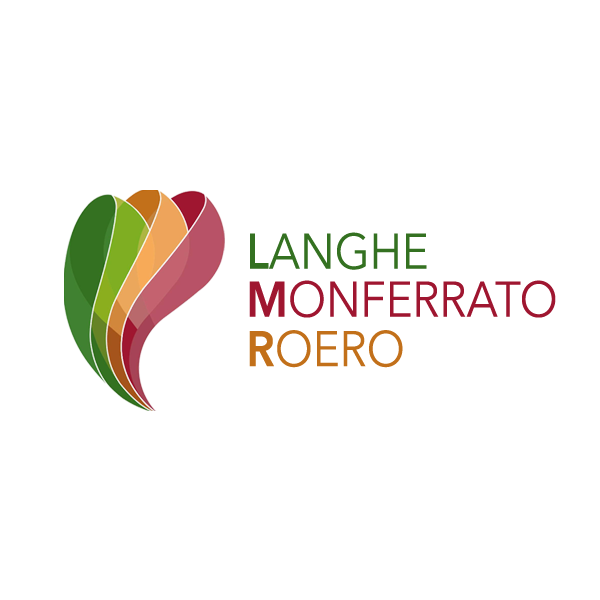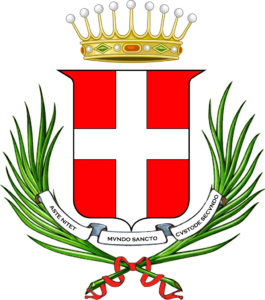Church of Saint Mary of Viatosto
Located far from the center, in a panoramic position
Romanesque-Gothic style
Its Panoramic Position
The Romanesque-Gothic Chiesa della Madonna di Viatosto (Church of the Mafonna of Viatosto) stands about 4 km north-west of Asti, on a hill in a panoramic position. From the churchyard you can enjoy a magnificent view of the city and the surrounding hills.
The Origins of the Church
The current church is the fourteenth-century rebuilding of the previous Romanesque construction of Santa Maria di Riparupta (XI century). It was probably built thanks to the contribution of some noble families of the Asti area. The church once housed an underground cemetery.
Borgo Viatosto
The religious building is located in Borgo Viatosto, which every year participates in the Palio of Asti together with other villages, districts, and municipalities.
In his study "Asti nelle sue chiese e iscrzioni" (Asti in its churches and inscriptions) of 1806, the famous historian Incisa hypothesizes that the toponym "Viatosto" is linked to the recovery from the plague in Asti in 1340, that "via tosto" (ayatost) from that place released "soon" throughout the city. It is likely that this small village rose around a parish church.
Romanesque and Gothic Architectural Elements
The facade is Romanesque style, in brick and tuff, and boasts Gothic ogival elements in the portal and in the side windows. The portal is splayed, decorated with white and red creases in cotto and sandstone.
Inside, the plant has three naves, with ribbed cross vaults and supported by pillars with capitals carved in sandstone. The apse is pentagonal.
The square-based bell tower was built between the end of the 15th and the beginning of the 16th century, only to be raised in 1895 and equipped with a clock in 1897.
The Frescoes and the Cult of the Madonna
Recent restorations, carried out shortly before 2000, have brought to light beautiful frescoes dating back to a period between the 12th and 15th centuries, with a predominance of nursing Madonnas. Other interesting works include a fourteenth-century wooden Madonna and a sculptural group in painted sandstone from the fifteenth century.
The church was probably a destination for female devotion, where people came to ask for the grace of childbirth and the gift of milk.




